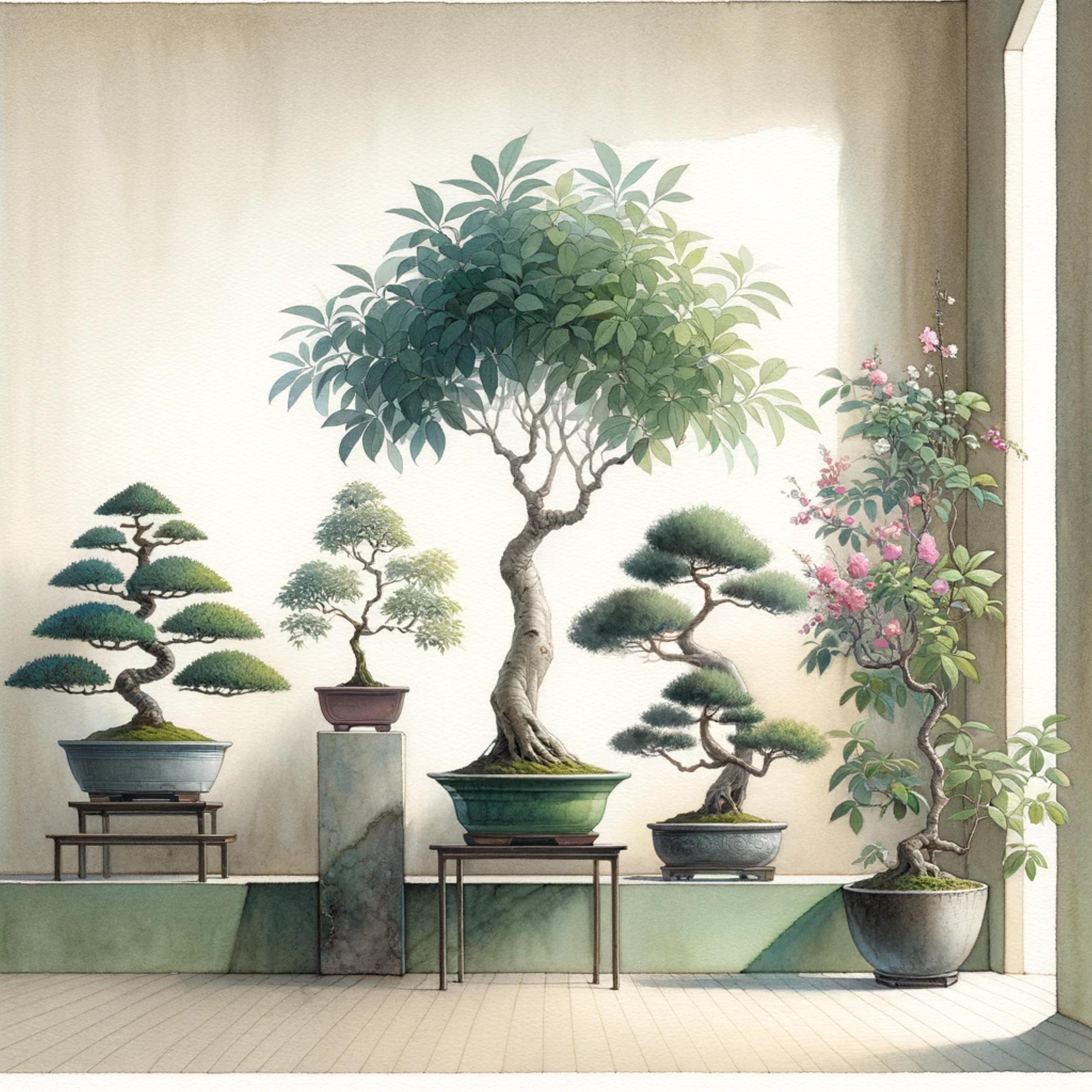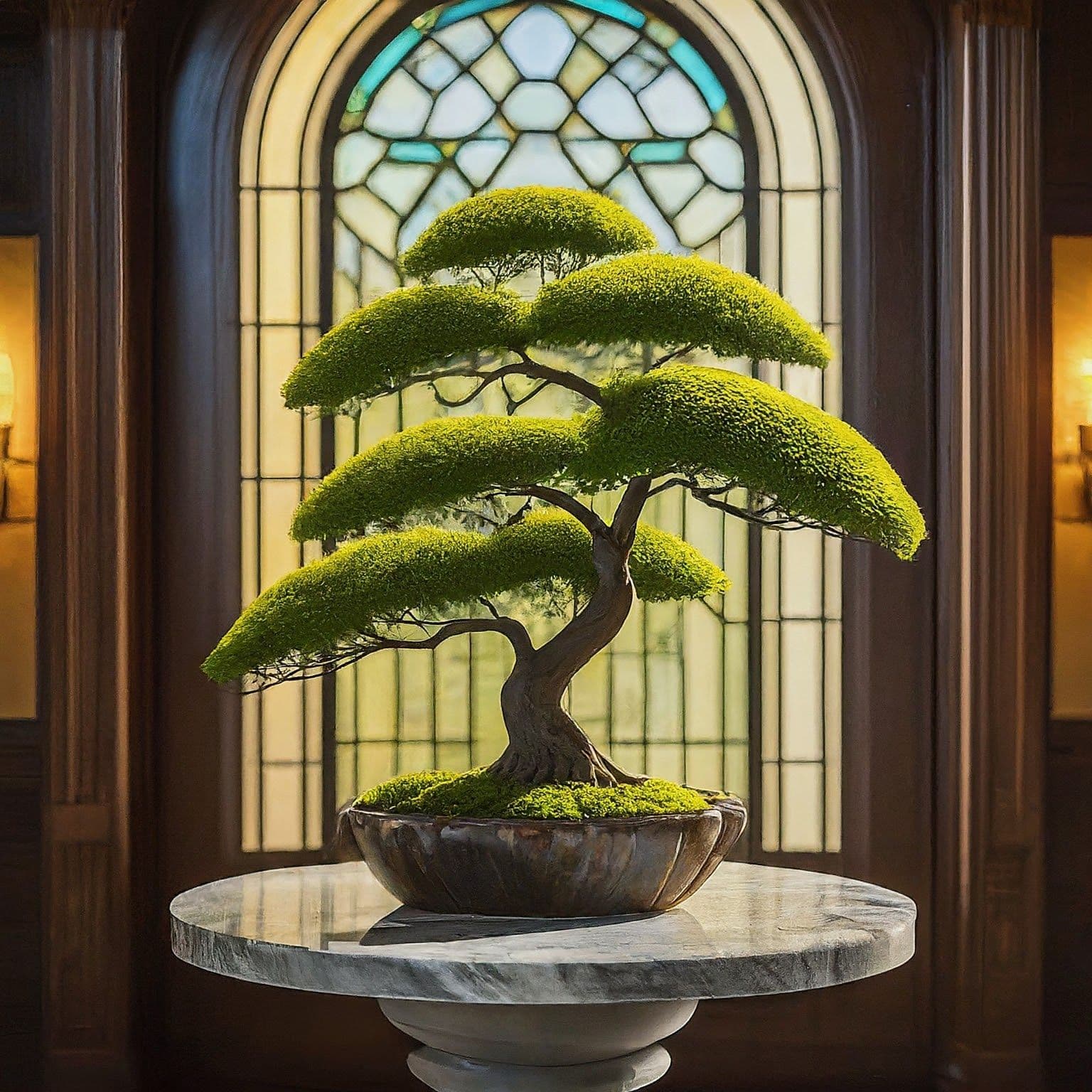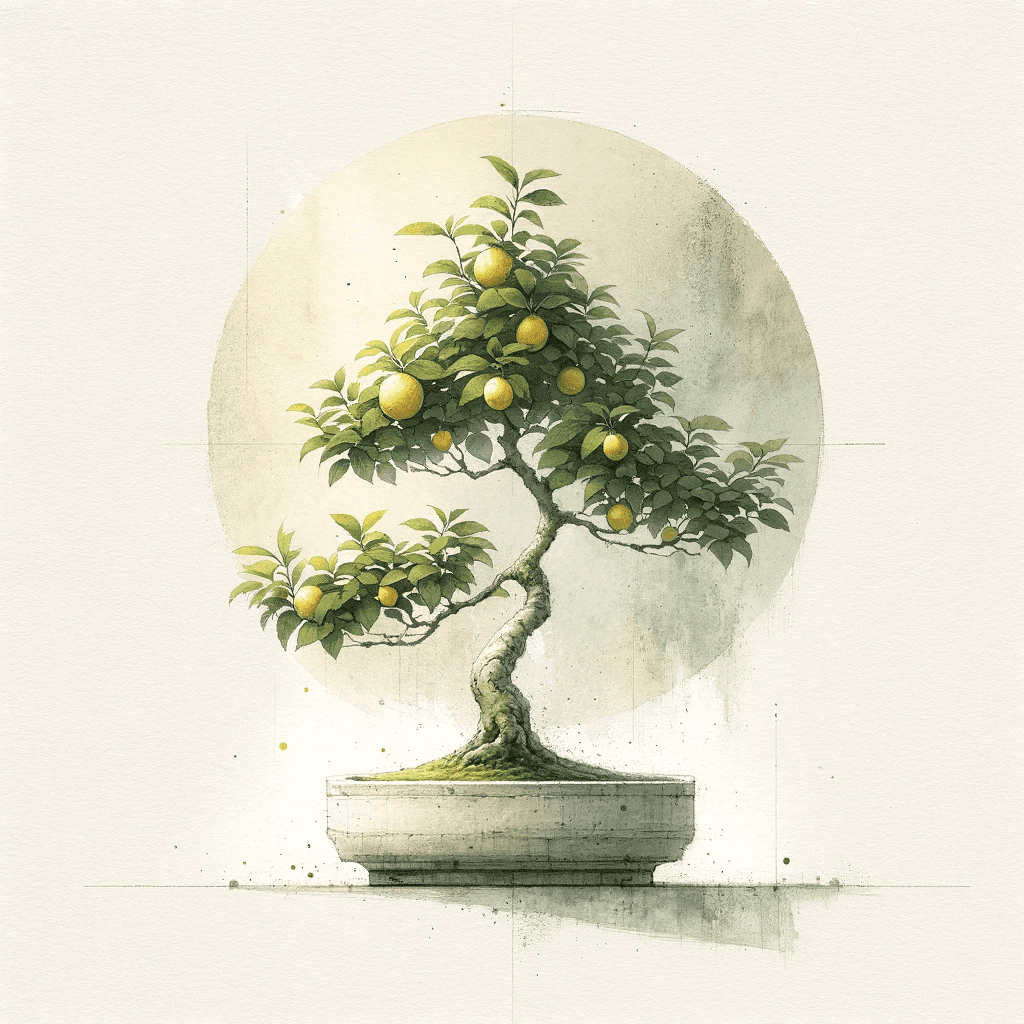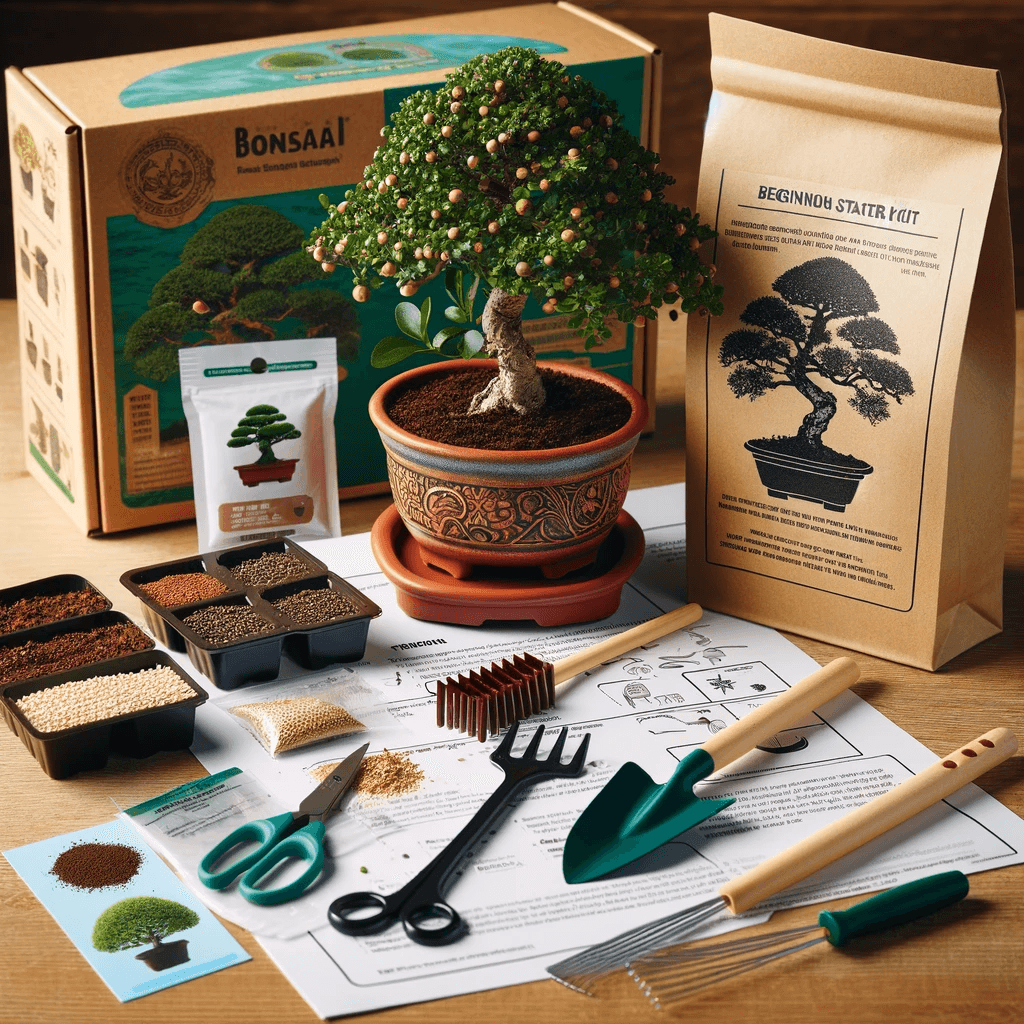Indoor Bonsai: 5 Types of Bonsai Trees that Thrive Indoors (2024 Update)

Bonsai, the ancient art of miniaturized trees, transcends seasons and spaces. While traditionally nurtured outdoors, many species adapt beautifully to indoor living, bringing a touch of nature and tranquility to your home. This guide delves into the world of indoor bonsai, focusing on five popular choices – each with unique charm and a rich history waiting to unfold in your living room.
We've written about the basics of indoor bonsai, but now let's go deep in 5 species that can thrive indoors.
Ficus
This versatile tree tolerates low humidity and comes in various styles, making it a great beginner's choice.
- History: Ficus boasts a long and illustrious association with bonsai. In China, it symbolized wisdom and longevity, while in Japan, it represented prosperity and good fortune. Its adaptability and diverse styles made it a favorite among early bonsai enthusiasts.
- Indoor Life: Ficus reigns supreme as the most forgiving indoor bonsai. It tolerates low humidity, making it perfect for homes with dry air. Numerous Ficus varieties exist, each offering unique shapes and textures. The popular "S-curve" style, achieved through careful wiring and pruning, adds a captivating dynamic to your space.
Jade
- Known for its easy care and thick, fleshy leaves, jade bonsai adds a touch of whimsy to any room
- History: Often referred to as the "Money Tree," Jade has symbolized wealth and good luck in Chinese culture for centuries. Its journey into the world of bonsai began in the Ming Dynasty, and its popularity continues to bloom today.
- Indoor Life: Jade is a dream come true for busy plant parents. Its thick, fleshy leaves store water, allowing it to withstand infrequent watering. Its slow growth rate simplifies pruning and shaping, making it ideal for beginners. Jade thrives in bright, indirect sunlight and adds a touch of whimsy with its rounded form and vibrant green hues.
Fukien Tea
This miniature evergreen boasts delicate white flowers and thrives in bright, indirect light.
- History: Native to Fujian, China, the Fukien Tea tree has graced gardens for centuries. Its journey into bonsai began in the Ming Dynasty, and its delicate beauty quickly captivated enthusiasts.
- Indoor Life: Fukien Tea thrives in bright, indirect light and rewards your care with dainty white flowers in spring. Its miniature evergreen leaves create a sense of lushness, while its compact size makes it perfect for smaller spaces. Prune regularly to maintain its desired shape and enjoy its delicate charm throughout the year.
Schefflera
This tropical beauty features glossy leaves and requires minimal pruning, making it perfect for busy lives.
- History: Schefflera, also known as the Umbrella Tree, originates from tropical regions of Southeast Asia and Australia. Its journey into bonsai is relatively recent, gaining popularity in the late 20th century due to its easy care and graceful form.
- Indoor Life: Schefflera boasts glossy, finger-like leaves that cascade elegantly from its branches. It requires minimal pruning and thrives in moderate humidity, making it a low-maintenance wonder for busy individuals. Position your Schefflera in a spot with bright, indirect light and watch its lush foliage add a touch of tropical serenity to your home.
Sweet Plum
With its cascading branches and dainty pink flowers, the sweet plum bonsai adds a touch of elegance to any indoor space.
- History: The Sweet Plum, or Sageretia, has been cultivated in China and Japan for centuries. Its cascading branches and delicate pink flowers were initially admired in gardens, and bonsai enthusiasts later adopted it for its miniature charm.
- Indoor Life: Sweet Plum adds a touch of elegance to any space with its graceful, weeping branches. Its dainty pink flowers, blooming in spring, add a touch of romance. While it requires slightly more attention than other indoor bonsai, its moderate watering needs and easy pruning make it manageable for dedicated enthusiasts. Place your Sweet Plum in a spot with bright, indirect light and enjoy its cascading beauty throughout the year.
Beyond the Basics:
- Light: Most indoor bonsai require several hours of bright, indirect sunlight daily. Place them near south-facing windows or consider using grow lights.
- Humidity: Dry indoor air can be detrimental to bonsai. Use a humidifier, pebble tray, or mist regularly to increase humidity levels.
- Temperature: Aim for consistent temperatures between 65°F and 75°F. Avoid drafts and keep your bonsai away from heating vents and air conditioners.
- Watering: Water your bonsai when the top inch of soil feels dry. Overwatering can lead to root rot, so ensure proper drainage.
- Fertilizing: Use a diluted bonsai fertilizer during the growing season (spring and summer) and avoid fertilizing during dormancy (winter).
With proper care and attention, these five indoor bonsai varieties can thrive in your home, enriching your space with nature's beauty and a touch of history. So, embark on your bonsai journey, choose your companion, and cultivate miniature masterpieces that bring joy and tranquility to your indoor world.
Read More

Considering an Artificial Bonsai Tree? Here's what you need to know

The Ultimate Guide to Selecting a Bonsai Course (For Beginners)

Bonsai Starter Kit: Best tools for your bonsai garden in 2024
BonsaiCourses.com is dedicated to offering comprehensive educational content on bonsai art and cultivation. While our site may include affiliate links for bonsai products and tools, our recommendations are based on our expertise and commitment to quality. As an Amazon Associate I earn from qualifying purchases. Any purchases made through these links may earn us a commission at no extra cost to you.